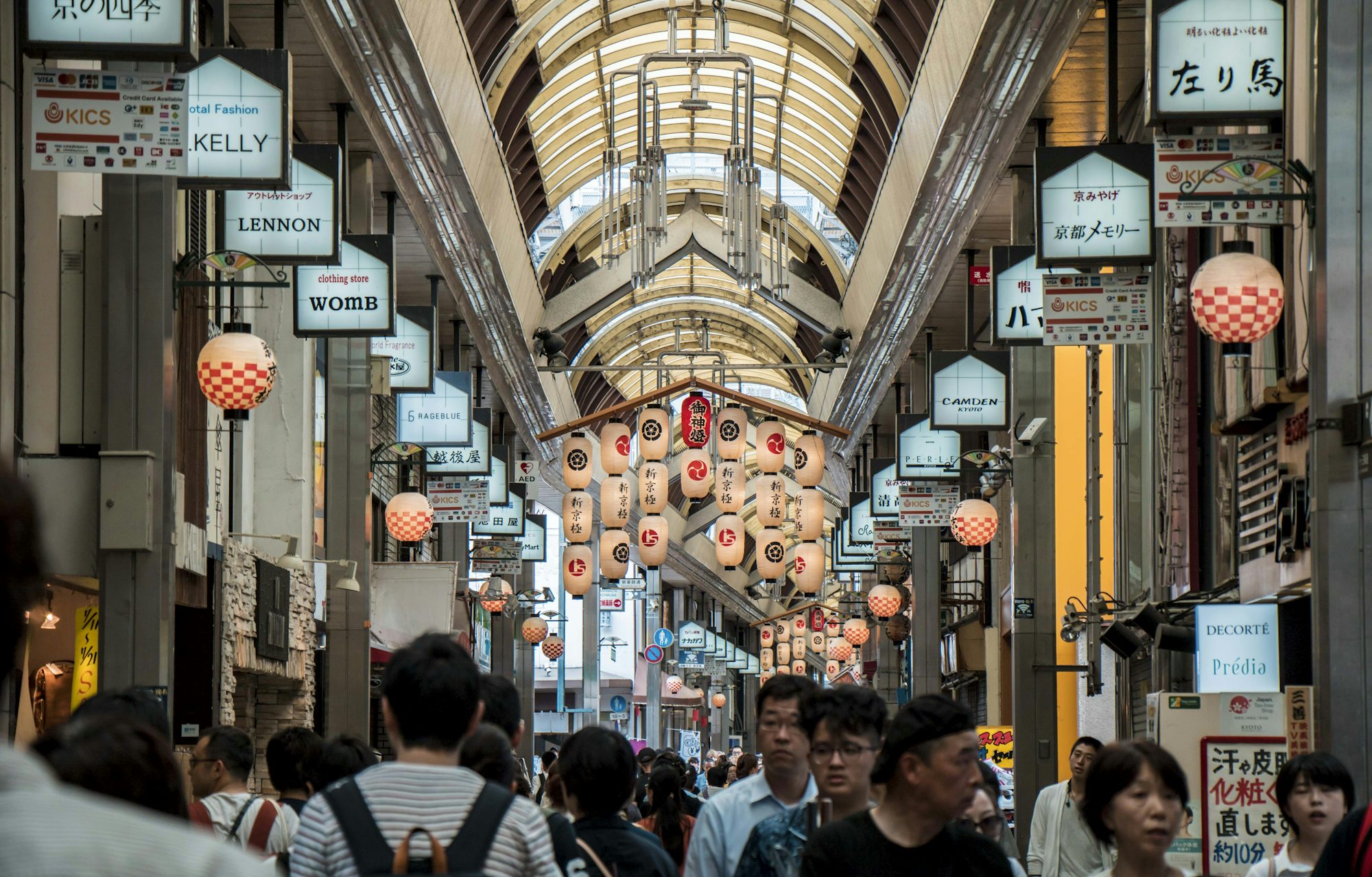The shopping landscape is undergoing a remarkable transformation, driven by evolving consumer preferences and rapid advancements in technology. As retailers adapt to the changing environment, several key trends and innovations are emerging, reshaping how we experience shopping. This article delves into the future of shopping, exploring trends such as personalized experiences, sustainability, omnichannel retailing, and the integration of technology into the consumer journey. One of the most significant trends in modern shopping is the demand for personalized experiences. Today’s consumers seek more than just products; they want shopping experiences that cater to their unique preferences and needs. Retailers are harnessing data analytics and artificial intelligence to create tailored shopping journeys. By analyzing customer behavior, purchase history, and preferences, brands can offer personalized recommendations, targeted promotions, and curated product selections. This level of personalization not only enhances customer satisfaction but also fosters brand loyalty, as consumers feel valued and understood. Another critical trend shaping the future of shopping is sustainability. As environmental consciousness grows, consumers are increasingly seeking brands that prioritize eco-friendly practices. Retailers are responding by implementing sustainable sourcing, reducing packaging waste, and adopting ethical manufacturing processes. Many brands now highlight their commitment to sustainability through transparent supply chains and eco-friendly product lines. This shift toward sustainability is not just a passing trend; it represents a fundamental change in consumer behavior, with shoppers actively seeking out brands that align with their values. Omnichannel retailing has also emerged as a vital strategy for retailers aiming to meet the needs of modern consumers. Today’s shoppers often interact with brands through multiple channels, including physical stores, websites, and social media. An effective omnichannel strategy ensures a seamless shopping experience across all touchpoints. For instance, customers may browse products online before visiting a physical store to make a purchase. Retailers are investing in technology that enables real-time inventory tracking and unified customer profiles, allowing for a cohesive experience regardless of how consumers choose to shop. The integration of technology into the shopping experience is another significant trend. Innovations such as augmented reality (AR) and virtual reality (VR) are changing how consumers engage with products. Retailers are leveraging AR to allow customers to visualize products in their own environments, enhancing the decision-making process. For example, furniture retailers enable customers to see how a piece of furniture would look in their home before making a purchase. Similarly, VR offers immersive experiences that can transport consumers to virtual showrooms, providing a unique way to interact with products. In addition to AR and VR, mobile payment solutions are becoming increasingly popular. As consumers embrace contactless transactions, retailers are adapting to offer convenient payment options that streamline the checkout process. Mobile wallets and payment apps are enhancing the shopping experience by providing a secure and efficient way to make purchases. Furthermore, the rise of social commerce has revolutionized the way consumers discover and purchase products. Social media platforms are becoming integral to the shopping journey, with features that allow users to shop directly from posts and advertisements. Influencer marketing has also gained traction, as consumers look to trusted figures for recommendations. Brands are capitalizing on this trend by collaborating with influencers to showcase their products, creating authentic connections with potential customers. Subscription shopping is another innovation that has gained popularity in recent years. This model offers consumers the convenience of receiving curated products on a regular basis, catering to their specific preferences. Subscription boxes, ranging from beauty products to snacks, provide a unique and personalized shopping experience. Brands are leveraging this trend to build ongoing relationships with customers, encouraging repeat purchases and brand loyalty. The role of technology in enhancing customer service cannot be overlooked. Chatbots and virtual assistants are increasingly used to assist shoppers, providing instant responses to inquiries and offering personalized recommendations. These AI-driven solutions improve the overall shopping experience by making it easier for consumers to find information and make informed decisions. Additionally, retailers are investing in training their staff to provide exceptional customer service, understanding that human interaction remains a vital component of the shopping journey. As consumers become more conscious of their spending habits, thrift and secondhand shopping are experiencing a resurgence. Many shoppers are drawn to the uniqueness and sustainability of pre-owned items, making thrift stores and online resale platforms popular destinations. This trend reflects a broader cultural shift toward mindful consumption, as individuals seek to reduce waste and find one-of-a-kind treasures. Furthermore, the evolution of grocery shopping is reshaping the retail landscape. The pandemic accelerated the growth of online grocery delivery services, and many consumers have come to appreciate the convenience of having essentials delivered to their doorstep. Retailers are now investing in user-friendly apps and robust logistics to enhance the online grocery experience. Additionally, the rise of meal kit subscriptions has provided consumers with a convenient way to prepare fresh meals at home, catering to the increasing demand for home-cooked options. As the shopping landscape continues to evolve, retailers must remain agile and responsive to changing consumer expectations. Embracing technology, prioritizing sustainability, and delivering personalized experiences will be crucial for success in the future. By staying attuned to emerging trends and innovations, brands can navigate the complexities of the retail environment and create meaningful connections with consumers. In conclusion, the future of shopping is a dynamic landscape characterized by personalization, sustainability, and technological integration. As consumers increasingly prioritize their values and preferences, retailers must adapt to meet these expectations. By embracing innovation and understanding the evolving needs of shoppers, brands can position themselves for success in this ever-changing marketplace.





